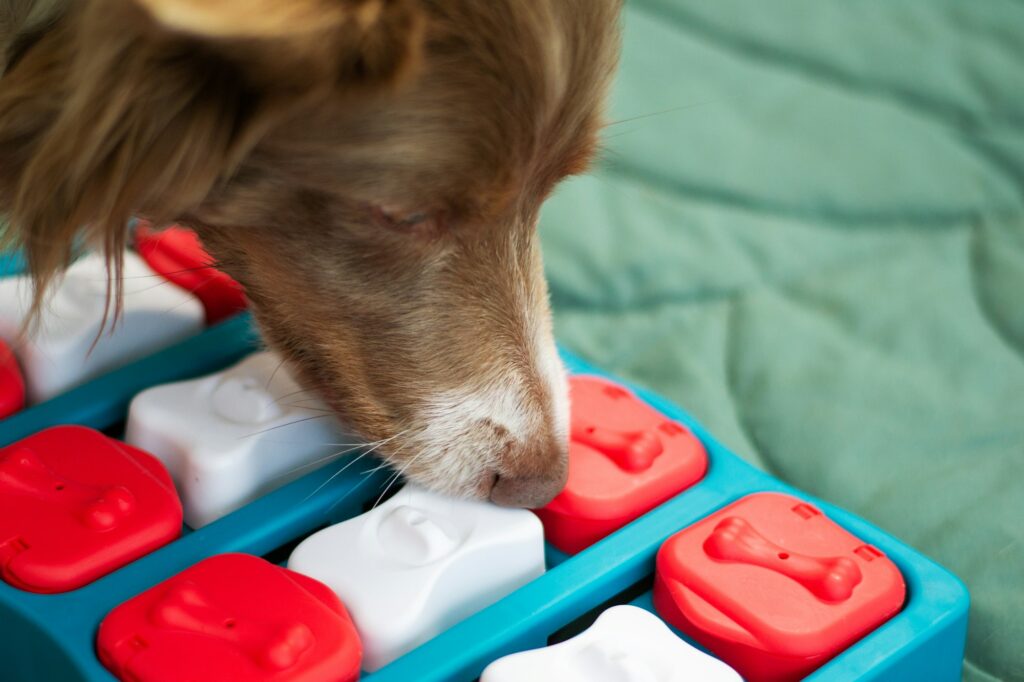Bringing a playful and energetic puppy into your home opens the door to a world of joy and companionship. Puppies, like children, thrive on physical activity and play.
Establishing a routine that includes both structured exercise and interactive playtime is not only essential for your puppy’s physical health but also contributes to their mental well-being.
In this guide, we’ll explore the importance of puppy exercise and play, along with practical tips to ensure a happy and healthy start for your new furry friend.
Understanding Your Puppy’s Needs
Puppies are bursting with energy, and daily exercise is crucial for their overall development.
Depending on the breed, age, and individual temperament, the amount of exercise required can vary. Understanding your puppy’s specific needs is the first step in creating a tailored exercise and play routine.
Structured Exercise
Structured exercise involves activities that provide a consistent level of physical activity. Consider the following options:
-
- Leash Walks: Gentle walks on a leash allow your puppy to explore the surroundings, encounter new smells, and build a bond with you.
- Fetch: Playing fetch is an excellent way to engage your puppy’s natural instinct to chase and retrieve. Use soft toys or specially designed fetch items.
- Puppy Classes: Enroll in puppy training classes that incorporate structured exercises. These classes not only promote physical activity but also enhance socialization and obedience.
- Swimming: If suitable and supervised, swimming is a low-impact exercise that can be beneficial for many puppies.
Interactive Play
Interactive play is crucial for strengthening the bond between you and your puppy. It also provides mental stimulation. Consider the following playtime activities:
-
- Tug of War: A classic game that allows your puppy to exert energy while engaging in a playful interaction. Ensure you use soft toys and teach your puppy to release when prompted.
- Hide and Seek: Hide treats or toys around your home or in the yard, encouraging your puppy to use their nose and problem-solving skills.
- Puzzle Toys: Invest in puzzle toys that dispense treats as your puppy interacts with them. This not only provides mental stimulation but also encourages problem-solving.
- Obstacle Course: Create a simple indoor or outdoor obstacle course using household items or commercially available agility equipment. This engages your puppy’s physical abilities and coordination.
Frequency and Duration
Puppies have bursts of energy but also require sufficient rest. Aim for short, frequent exercise sessions, gradually increasing the duration as your puppy grows.
Consult your veterinarian for guidance on the appropriate amount of exercise for your puppy’s age and breed.
Safety Considerations
Ensure a safe environment for your puppy during exercise and play. Remove any potential hazards, supervise outdoor activities, and provide a secure, fenced area if your puppy is off-leash.
Conclusion
Balancing structured exercise and interactive play is key to a happy and healthy puppy.
By incorporating these activities into your daily routine, you not only contribute to your puppy’s physical well-being but also strengthen the bond between you and your new furry family member.
Remember, each puppy is unique, so tailor your approach based on their individual needs and preferences, ensuring a lifetime of joyous companionship.

